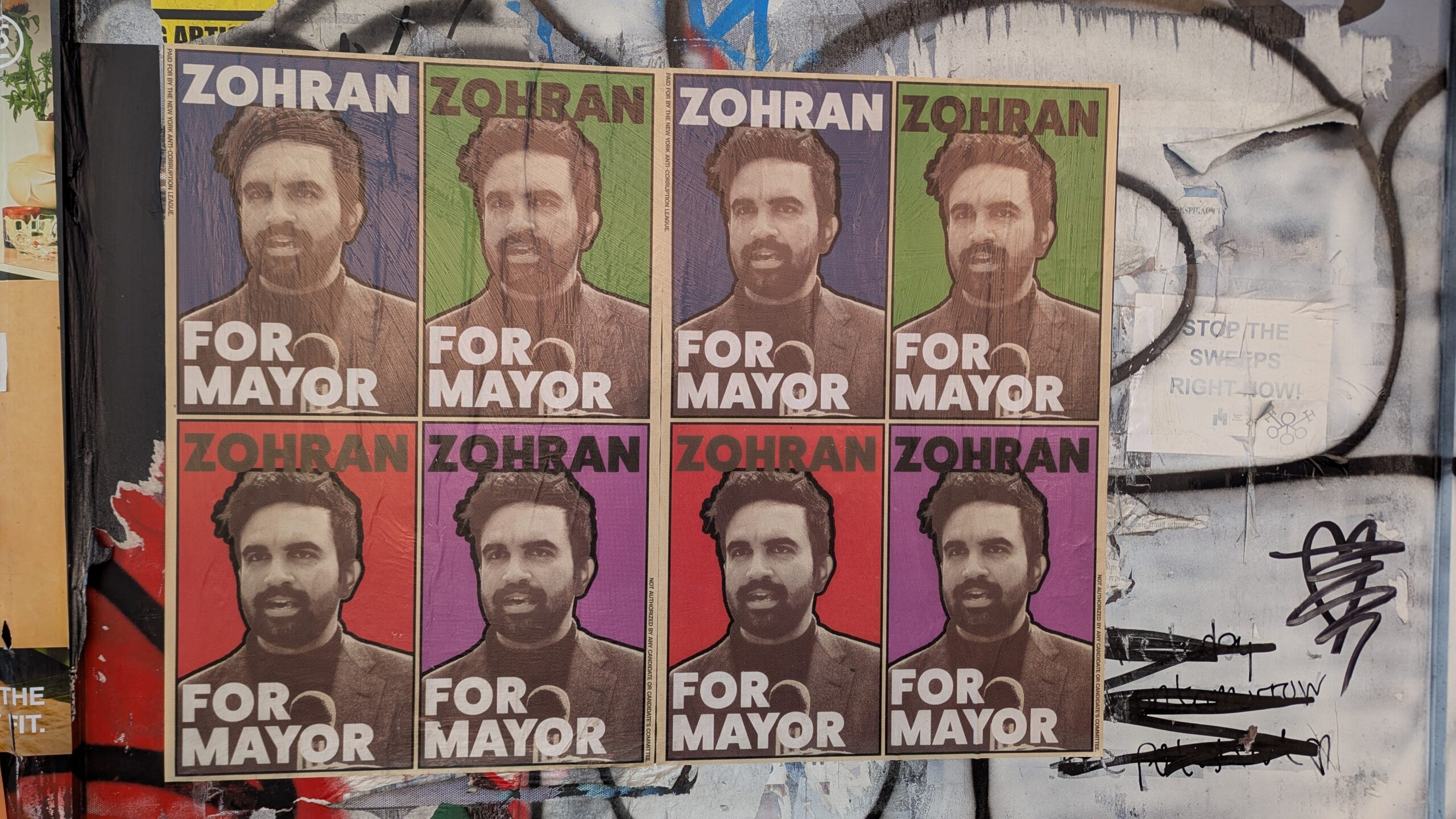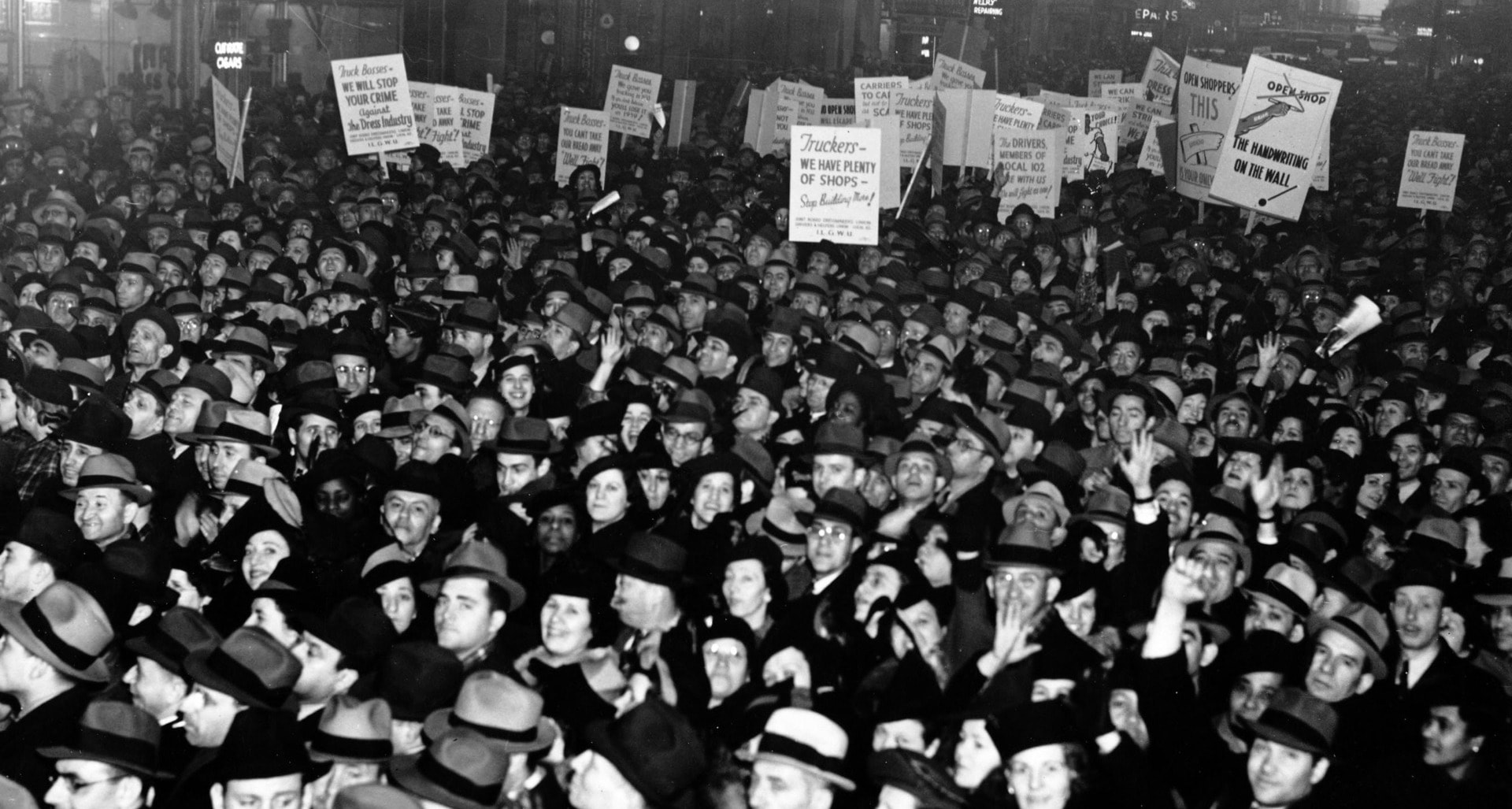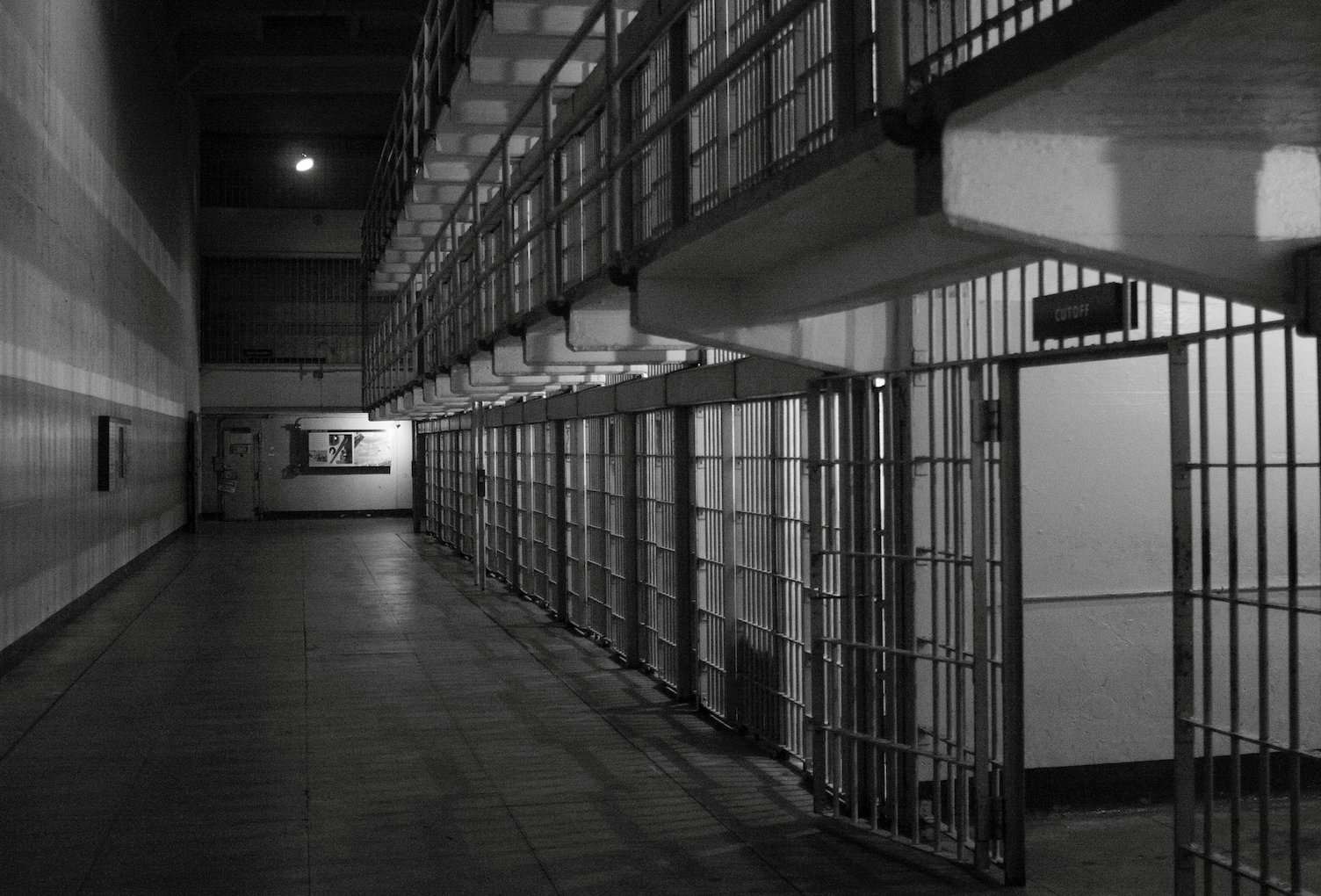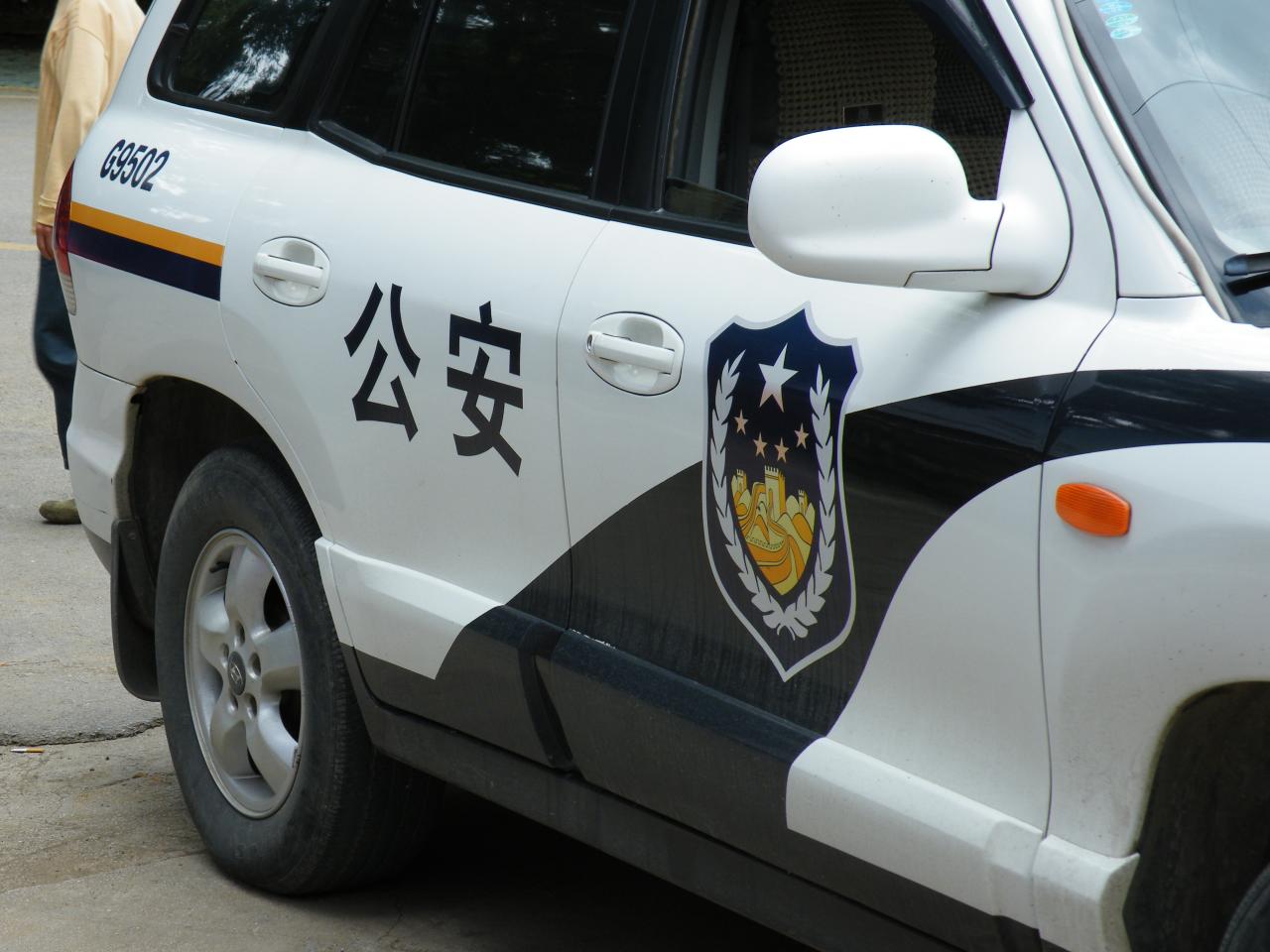For the first time in its 176 year history, a black woman has been selected as leader of the New York City Police Department (NYPD). Keechant Sewell is only the third black person to be chosen for the role, following Lee Brown, who was replaced in 1992, and Benjamin Ward, who retired in 1989. Sewell, 49 years old, has 23 years experience and is well-respected amongst colleagues. She faces criticism however from some progressives, who see her as an instrument for controversial police reforms.
Sewell was selected by incoming New York Mayor Eric Adams, who himself is a former NYPD police officer, having reached the rank of Captain. Both are expected to start their new positions on the 1st of January.
She is currently the chief of detectives for the Nassau County Police Department, where she commands around 350 members of staff. The move is a considerable leap, the NYPD being America’s largest police force, requiring that Sewell direct 35 000 police officers and 18 000 civilians.
Sewell’s takeover comes during a period of increased gun violence, largely attributed to conditions arising in the wake of the pandemic. 2020 saw a 50% increase in murder rates, disproportionally affecting black and brown communities.
The crime rate is only one of the challenges she faces, as Eric Adams plans drastic reforms, described as the largest the police force has seen since 9/11. She is expected to oversee restructuring including the re-introduction of widely rebuked plain-clothes police units (discussed in detail further down) disbanded by the previous commissioner, the reassignment of some police duties to civilians, and diversification.
https://twitter.com/jbenmenachem/status/1471520590557323268?t=IF0wLPGRqntq1xD-JdiJTw&s=19
Adams, who had promised on his campaign trail to choose a female commissioner, selected Sewell for what he identified as her “emotional intelligence.” Informing this was Sewell’s response to an exercise presented to the candidates, in which they were asked to demonstrate how they would address the media following the killing of an unarmed black man, at the hands of a police officer.
The Mayor-elect proudly recounted Sewell’s mock press briefing, and that she began by acknowledging the loss of life. However, the use of the hypothetical scenario in the screening process perturbed some commentators, who saw its inclusion as an admission of the NYPD’s capacity to carry out the same violence again.
Adams seemed to confirm this suspicion, suggesting that “Those are the scenarios we’re going to be facing,” and that “Hopefully we don’t have a shooting like that, but if we do, I need the police commissioner to stand in front of the room and let New Yorkers know we’re going to be all right, because it’s not only substantive, it’s the perception, right?”
Sewell faces the challenge of curbing NYPD misconduct, whilst also restoring the tarnished reputation of a department associated with violence and misconduct
Sewell is part of a larger effort to diversify the NYPD, which has seen a dearth of black senior officers. Currently, only 15% of the NYPD’s officers are black, whilst 25% of New York’s residents are black.
The NYPD has a historical tension with black New Yorkers, long having been accused of subjecting them to harassment, profiling and brutality. The department also has a long-held reputation for corruption and misconduct, dating back decades.
Related posts: What a Difference 40 Miles Makes: Policing Mental Illness | Impact of a Murder: Addressing Police Brutality
In a staggering statistic, New York taxpayers paid over £175 million in compensation resulting from allegations of misconduct in 2019. The previous year, in 2018, £230 million dollars were paid out. The misconduct included violence, false imprisonment and fabrication of evidence.
The Wrongful Convictions Rally hosted by @zellnor4ny @clydevanel @CordellForNY @LegalAidNYC with the Central Park 5 12/15/21 1 pic.twitter.com/RWM8DCzjrQ
— Christopher Leon Johnson(Leon Christopher Johnson) (@Chrislejohnyc) December 15, 2021
The George Floyd protests last year saw the widespread condemnation of the NYPD’s proclivity to brutality, with footage of police violence against protesters sweeping social media. violent handling of protesters, resulting in numerous injuries.
New York City’s Police Watchdog, the Civilian Complaint Review Board (CCRB), in October of this year recommended that 65 police officers should be disciplined, and some fired, following the mishandled event. The officers were involved in filmed incidents, involving the beating and violent handling of protesters.
Doubts have arisen over Adams and Sewell’s ability to bridge the tension between the New York Police and New York civilians, given Adams’s controversial plans to revive the plain-clothes units, disbanded in 2020.
Dermot F. Shea, the commissioner from whom Sewell is set to take over, deemed the units outdated, suggesting that modern policing should rely less on brute force and instead of intelligence gathering.
Mayor De Blasio has argued with Adams over his proposed reintroduction of the unit, which he describes as having an alienating effect on much of the public. according to The Gothamist, “Frequent car stops and daily frisks in Black and Latino neighborhoods bred anger over a perceived disregard for residents’ constitutional rights.”
The units, consisting of 600 officers spread out across New York city, were involved in a disproportionate amount of shootings given the fact that they accounted for only 2% of the total police force.
The plans, once executed under Sewell’s administration, are likely to fuel Adams’s tensions with progressives, with whom he has clashed over his criticism of the “defund the police” movement.
Even as covid in homeless shelters doubled in recent weeks, NYC continues trashing street encampments, against CDC guidance.
Here's 3 videos of police @ Tompkins Square 11/10, by Steve Cruz/@Copwatch_CPU
Man prays as cops come to take tent. When he tries to protect, they arrest pic.twitter.com/Ox6i1IET29
— Andy Newman (@andylocal) December 16, 2021
Sewell’s approach to policing
It is not clear yet how Sewell’s involvement will temper the feared repercussions of the unit’s re-introduction, or whether or not her performance will help bridge the gap between the NYPD and the sections of the public it has alienated. She declared that the intervention of the banned units works in preventing crime, supporting Adams’s assertion.
Sewell has also indicated an intention to encourage an approach to policing that goes beyond simply arresting perpetrators, but also addressing the root causes of crime. She suggested that if a hungry person stole to feed themselves, charges should be delayed until proper welfare resources have been directed to that person.
She has also declared her intention to encourage an approach to policing informed by “broken window theory,” which suggests that minor signs of criminal activities, which deface the outward appearance of communities and streets, lead to the facilitation of major crimes.
The approach was championed under Rudy Giuliani’s tenure as mayor, leading to greater criminalisation and greater arrest for minor offences. The practice also evolved into what is known as “Stop-and-frisk,” a practice of holding up civilians deemed suspicious, in order to search them.
The practice, which has been championed by Adams, has been criticized as institutionalised racial profiling. Overall, it remains unclear how exactly Sewell’s policing experience, philosophy and association with Adams will affect New York, and whether or not it will curb the crime wave and effectively combat police misconduct.
Editor’s Note: The opinions expressed here by Impakter.com columnists are their own, not those of Impakter.com. — In the Featured Photo: A New York City police station. Featured Photo Credit: Photo by Alec Favale on Unsplash.














